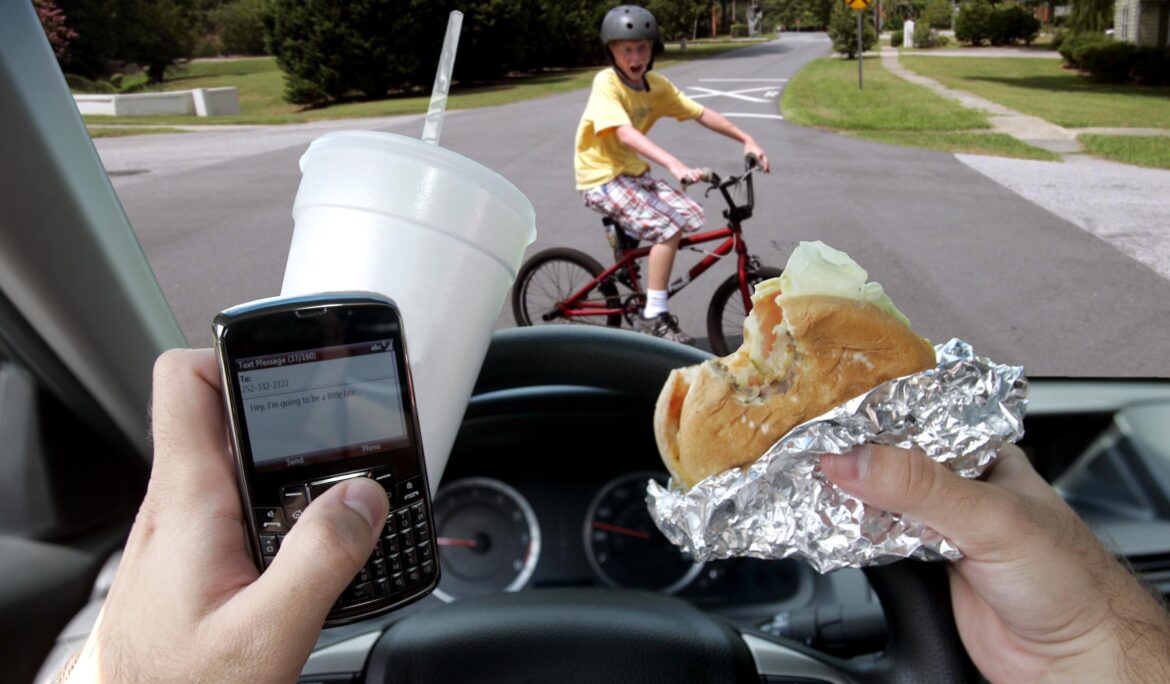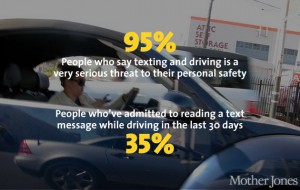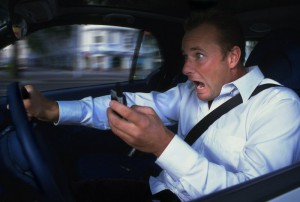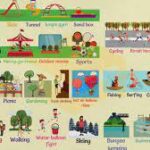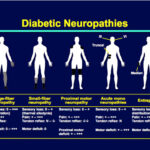Driving regulations vary from country to country. But, the fitness to drive especially if one is a diabetic is the same around the world .
Driving is essential for going to work, taking care of family, accessing public and private facilities and institutions, attending classes, interacting with friends and for pleasure. If practicing unsafe driving, it can be a cause of concern for those behind the wheel as well as those on the road.
Those who should not drive if having diabetes:
• Those with recurrent hypoglycemia ( low sugar)
• Those with cataract , those with retinopathy ( diabetic changes in eyes) or color blindness.
• Those with insensitive feet ( they could not feel the foot pedal)
• Those who are on multiple insulin doses
• Those with hypoglycaemia unawareness. These people do not know their sugar levels are below 3 mmol/L (54 mg/dL) as the body does not have any symptoms.
Non diabetic causes to be denied a driving license:
• Those with obstructive sleep apnoea
• Those with unstable angina or heart pain
• Those with epilepsy
• Those who have consumed large volumes of alcohol or other recreational drugs.
• Those with color blindness
Make sure of these while planning a drive:
• Check the glucose level an hour before journey.
• If driving more than an hour, check sugar level after every hour.
• Make sure you stop frequently for hydrating yourself.
• Be careful of taking insulin before driving long hours.
• NEVER DRIVE ALONE
• CARRY GLUCOMETER WITH YOU
• Have either a juice or sugar candy or dextrose tablet or sugar in small container in the car dashboard.
If you feel low in sugar while driving alone:
• Pull off the road and put on the hazard signal.
• Roll down the window glasses both sides.
• Remove the key off the ignition and keep on the seat nearby.
• Take either the sugar or orange juice or candy.
• Check the sugar level using glucometer.
• Call someone for help. 
• Rest in the car till help arrives.
• Check sugar level after half an hour. If above 7 mmol/L, drive to nearby resting place or hospital.
When sugar levels go down, the brain gets affected and will lose its cognitive faculty. Decisions will be made at sub conscious level . If the car ignition is not turned off , one may suddenly drive and meet with an accident. If one becomes unconscious, keeping the windows open will help in accessing you.
Make sure you do check sugar level before driving. If low, correct that first and then drive.
Older drivers should note the following:
As age advances, one may notice problems with braking safely, longer response time to an emergency and problems with night vision.
Options available to overcome these in elder drivers:
• Stay physically active
• Regular vision and hearing check
• Use of some chronic medicines may cause drowsiness
• Understand limitations
• Drive under optimal conditions
• Plan ahead










